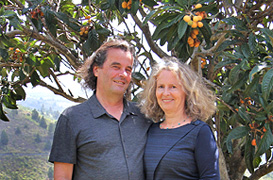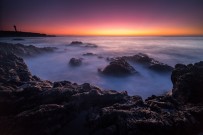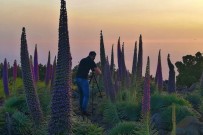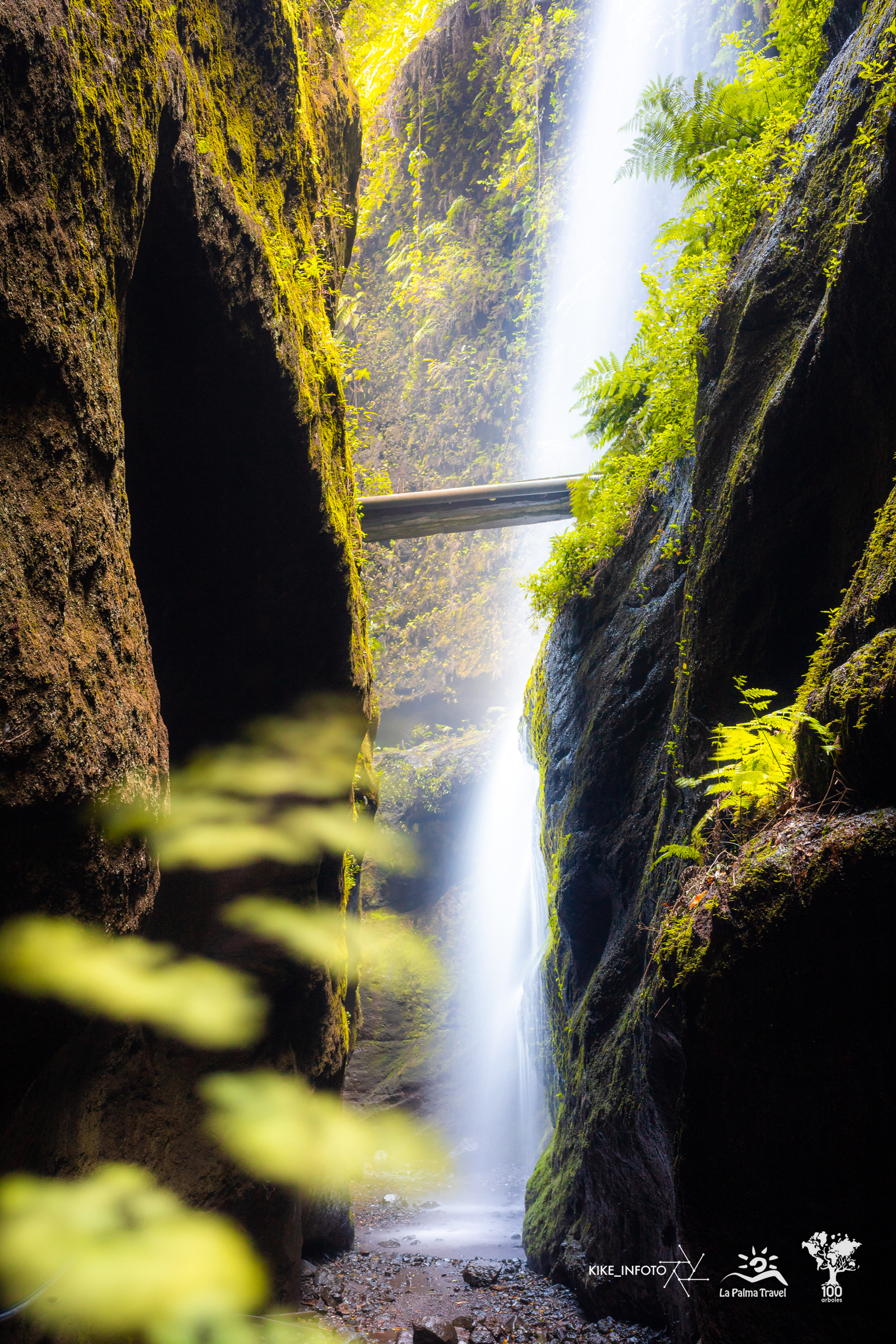-

-
We are specialists for your holidays in La Palma. With personalized assistance on-site.

Ulrich & Evelyn Roth -
Our service numbers
Write e-mail+34 822 68 00 89
+49 7442 819 85 90
We're available from Monday to Friday from 10:00 a.m. to 6:00 p.m., and Saturdays from 10:00 a.m. to 1:00 p.m.
-
Accommodations
- with pool 90
- on the seaside 42
- with internet 205
-
Northwest >>
130
- Aguatavar 7
- Arecida 6
- El Castillo 1
- Garafía 4
- Las Tricias 7
- Puntagorda 42
- Tijarafe 22
- Tijarafe Costa 6
- Tijarafe El Jesús 12
- Tijarafe La Punta 21
- Tinizara 2
-
Aridane Valley >>
225
- Celta 7
- Charco Verde 3
- El Paso 23
- Hermosilla 1
- La Bombilla 2
- La Laguna 11
- Las Manchas 24
- Las Norias 11
- Los Llanos de Aridane 25
- Puerto de Naos 45
- San Nicolas 8
- Tacande 2
- Tajuya 9
- Tazacorte Costa 5
- Tazacorte Puerto 14
- Tazacorte Villa 23
- Todoque 12
-
South >>
31
- Fuencaliente 7
- Las Indias 4
- Lomo Oscuro 1
- Los Quemados 6
- Salemera 2
- Tigalate 2
- Villa de Mazo 9
- East >> 16
-
Northeast >>
5
- Barlovento 2
- Los Sauces 2
- Puntallana 1
Kike Navarro – La Palma in pictures • 22
The waterfall in the laurel grove
— This week Kike Navarro shows us one of the most characteristic places on La Palma.
The waterfall of Los Tilos is located in the municipality of San Andrés y Sauces. The north-east trade wind often causes clouds there in the mountainous region and it rains more than in other areas. The underground water reserves are replenished and the humid forest is evergreen.
The "Cascada" has its origin in the high-altitude springs of Marcos y Cordero in the Las Nieves Natural Park. They are among the most important springs in the Canary Islands.
Already at the end of the 15th century, the first canalisation works began in order to lead the valuable water to the sugar mills and to the plantations of the sweet cane. The initiator was the councillor Marcos Roberto de Montserrat and the construction manager was the engineer Cordero.
The remaining water continued to flow freely through the deep gorge until the beginning of the 20th century.
In 1955, the Salto del Mulato hydroelectric power station was built and with its commissioning, the waterfall disappeared for several decades. Today it is part of a canal complex that collects the water gushing from the earth and uses it for irrigation.
From the Los Tilos Visitor Centre it is a nice walk to the waterfall. The front side is the easiest to see, but if, like Kike, we are prepared to get a little wet, we can also see the back part pictured here. What appears to be a bridge from below is actually a narrow channel.
It is an impressive place, surrounded by huge rock walls full of life. Sometimes we can hear the song of the shy laurel doves. Huge fern fronds play with the sunlight and cast shadows. The sound of the water creates its own silence.
Los Tilos
La Palma in pictures • photo series
 Discover with us the fantastic island, plant and sky worlds of the isla bonita with exciting details and stories!
Discover with us the fantastic island, plant and sky worlds of the isla bonita with exciting details and stories!

La Palma Travel presents a photograph by La Palma starlight guide Kike Navarro every 14 days.
In the fortnightly photo series, Kike tells the story of
Follow us here: La Palma Travel - Vacation Homes | Facebook



